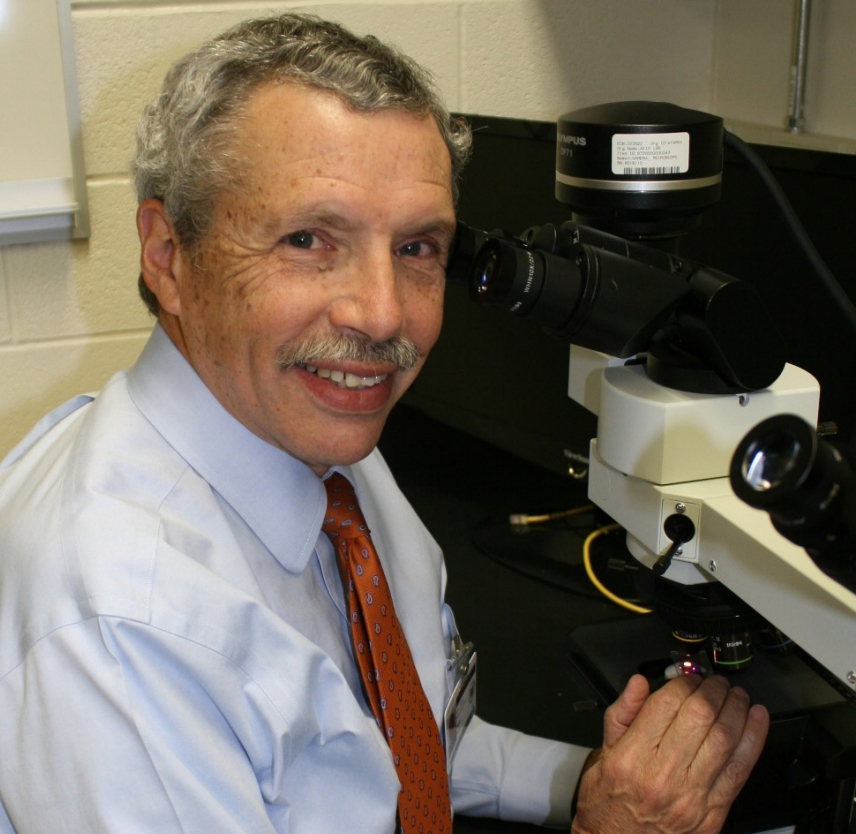Dr. Perl describes the important and emotional meetings he has with the families of service members whose brains he has studied.
Posted on BrainLine December 13, 2017.
(Photo by Cpl. Bobby J. Yarbrough/Released)
About the author: Daniel P. Perl, MD
Dr. Perl is a Professor of Pathology at USUHS and Director of the CNRM's Brain Tissue Repository, where he has established a state-of-the-art neuropathology laboratory dedicated to research on the acute and long-term effects of traumatic brain injury among military personnel.

